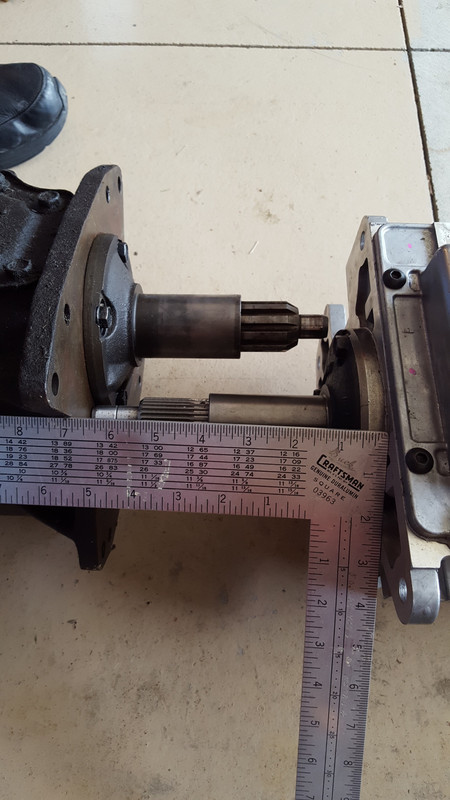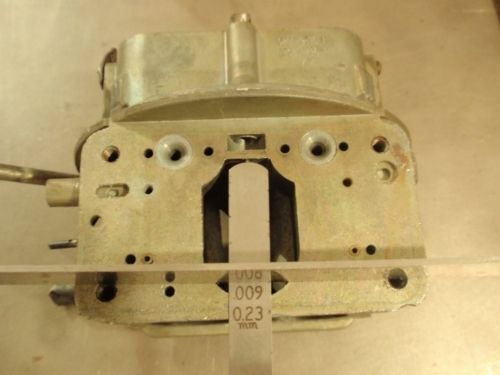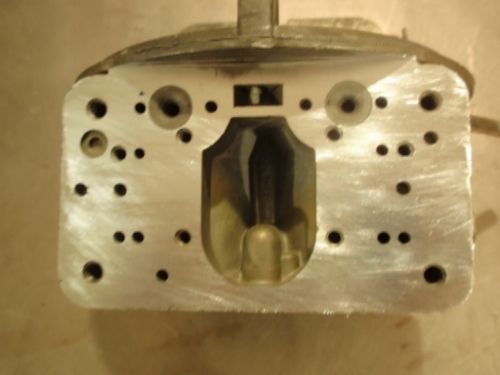1
Non-FE Discussion Forum / My Mustang needs a radiator overflow tank. Would like an OEM look.
« on: March 07, 2021, 03:26:53 PM »
My '68 Mustang needs a radiator overflow tank. I am tired the puked antifreeze on the garage floor after running it hard while tuning my carburetor/distributor. The coolant level is just above the top of the cooling tubes, but every once in a while, it will develop an air bubble and burp up on the garage floor.
I do not want a shiny aluminum billet tube tank or a gaudy chrome tank. My engine compartment is not concours,but I am looking for a factory look. I ground off the Edelbrock logo on my Streetmaster and aluminum water pump and painted them Ford blue. Chrome air cleaner, Powered by Ford valve covers and dip stick.
Are there any factory OEM tanks that would have a 1960's - 1970's look to them, that would fit in the under-hood space of a 1968 Mustang?
Clark
I do not want a shiny aluminum billet tube tank or a gaudy chrome tank. My engine compartment is not concours,but I am looking for a factory look. I ground off the Edelbrock logo on my Streetmaster and aluminum water pump and painted them Ford blue. Chrome air cleaner, Powered by Ford valve covers and dip stick.
Are there any factory OEM tanks that would have a 1960's - 1970's look to them, that would fit in the under-hood space of a 1968 Mustang?
Clark








